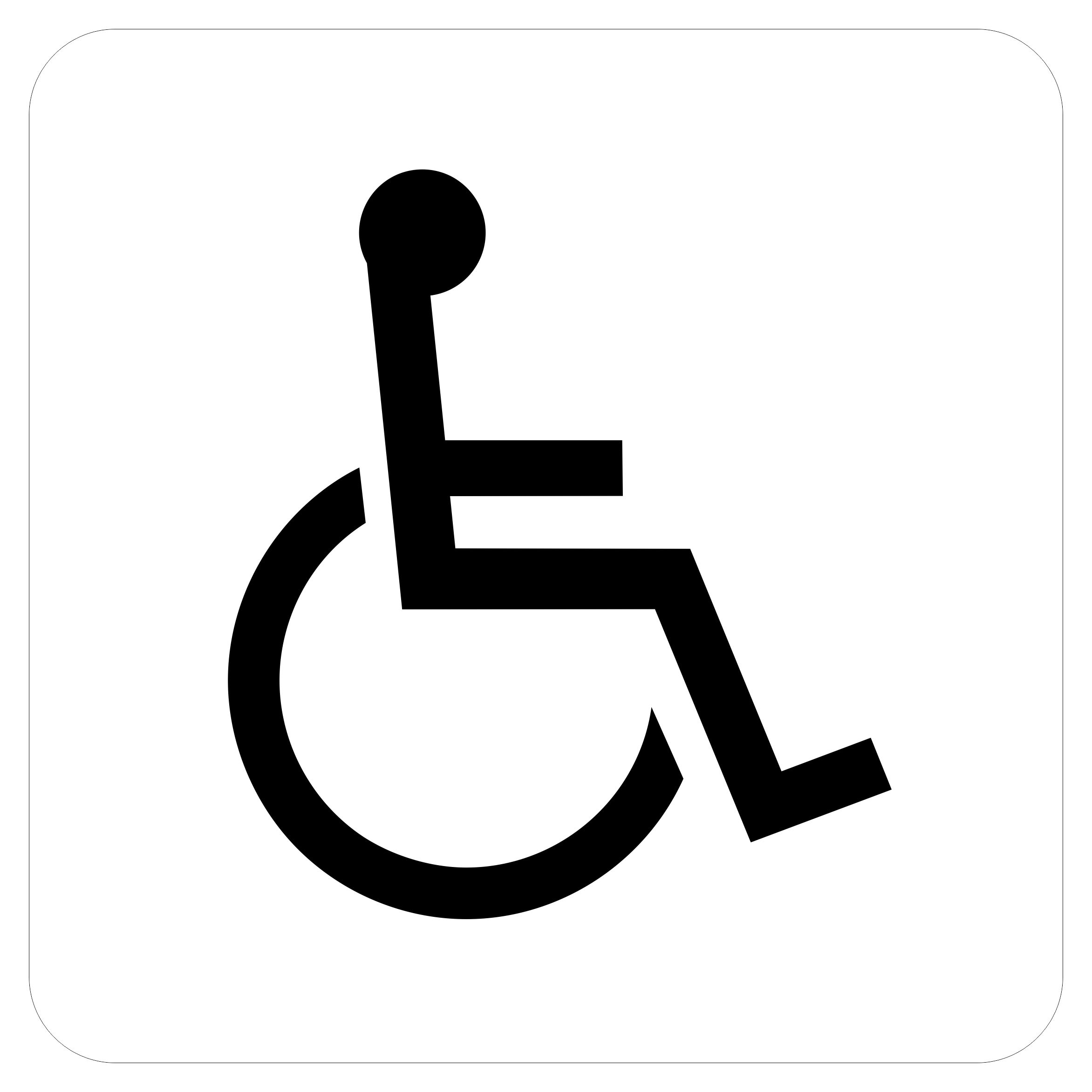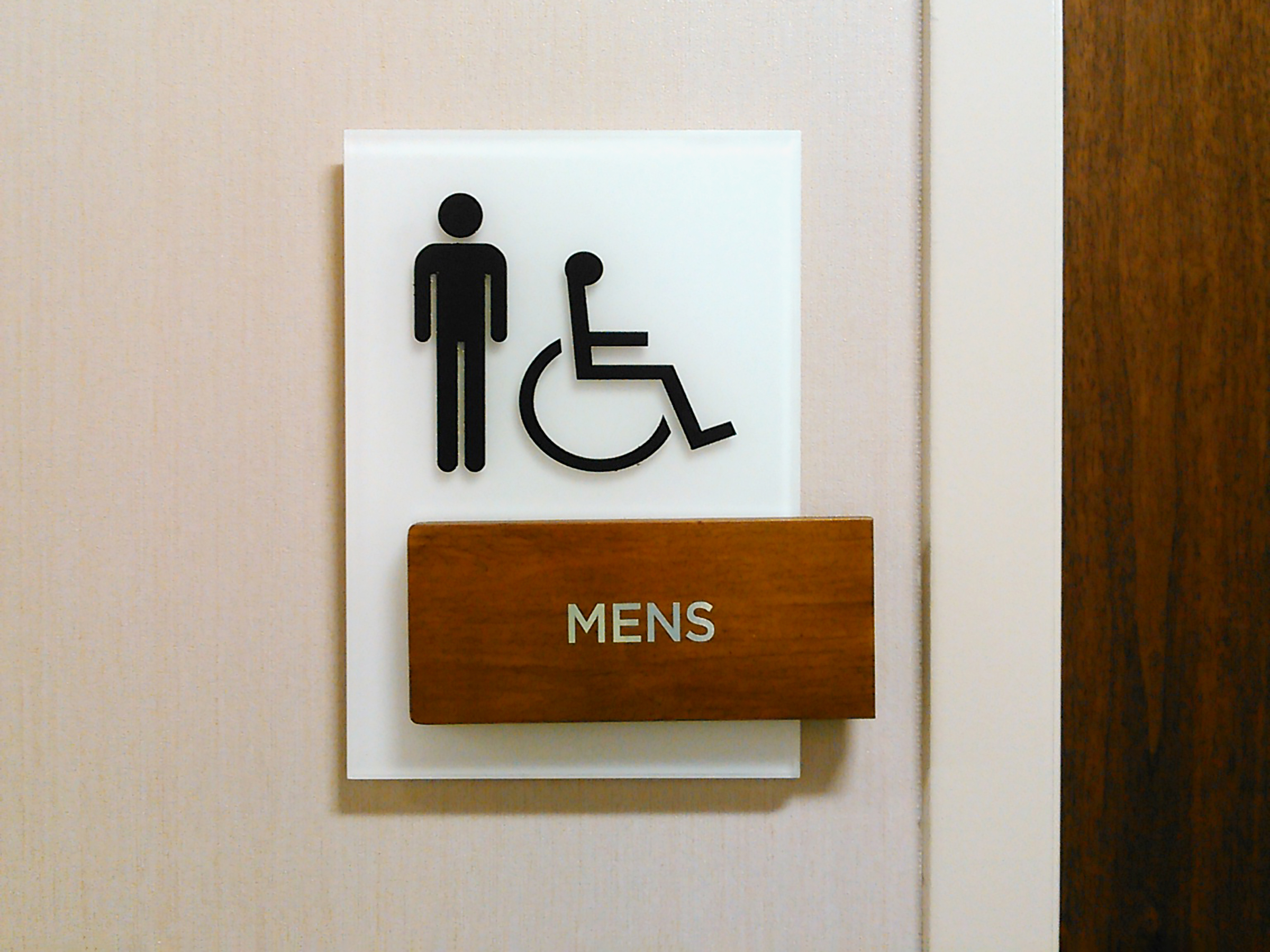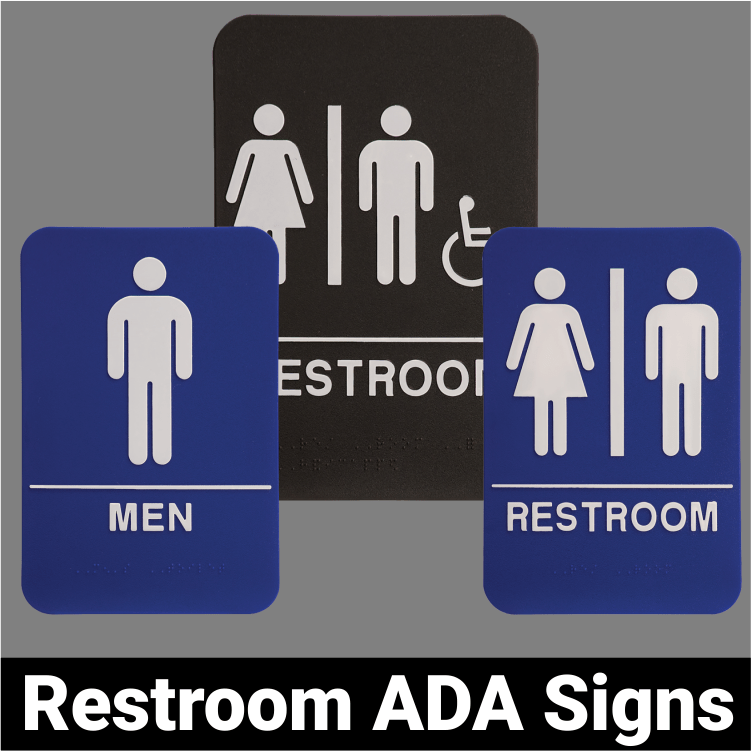Checking Out Creative Layouts for Efficient ADA Signs
Checking Out Creative Layouts for Efficient ADA Signs
Blog Article
Exploring the Trick Features of ADA Signs for Improved Ease Of Access
In the realm of access, ADA signs serve as silent yet powerful allies, making sure that rooms are accessible and inclusive for individuals with impairments. By incorporating Braille and responsive aspects, these indications break barriers for the aesthetically impaired, while high-contrast shade systems and understandable font styles provide to diverse aesthetic needs.
Significance of ADA Conformity
Guaranteeing conformity with the Americans with Disabilities Act (ADA) is essential for cultivating inclusivity and equivalent accessibility in public rooms and workplaces. The ADA, passed in 1990, mandates that all public facilities, companies, and transportation solutions accommodate people with specials needs, ensuring they take pleasure in the very same civil liberties and opportunities as others. Compliance with ADA requirements not only fulfills lawful responsibilities however also boosts an organization's credibility by showing its dedication to variety and inclusivity.
Among the crucial elements of ADA conformity is the execution of accessible signage. ADA indicators are designed to make sure that people with specials needs can conveniently browse through structures and rooms. These signs should abide by particular standards relating to dimension, typeface, color contrast, and placement to assure visibility and readability for all. Properly carried out ADA signs aids get rid of barriers that individuals with specials needs usually experience, consequently advertising their independence and self-confidence (ADA Signs).
Furthermore, sticking to ADA policies can mitigate the risk of lawful effects and possible penalties. Organizations that stop working to follow ADA standards may face penalties or lawsuits, which can be both financially troublesome and harmful to their public image. Hence, ADA compliance is integral to promoting a fair atmosphere for everyone.
Braille and Tactile Components
The incorporation of Braille and responsive components into ADA signs embodies the concepts of availability and inclusivity. It is normally positioned beneath the equivalent text on signage to make sure that people can access the information without aesthetic support.
Tactile aspects expand past Braille and consist of elevated symbols and personalities. These components are designed to be discernible by touch, enabling individuals to identify area numbers, bathrooms, exits, and various other essential locations. The ADA establishes certain standards concerning the size, spacing, and placement of these tactile aspects to optimize readability and make certain uniformity throughout different settings.

High-Contrast Shade Schemes
High-contrast color pattern play a crucial duty in boosting the presence and readability of ADA signage for individuals with visual disabilities. These systems are crucial as they optimize the distinction in light reflectance in between message and background, making certain that indicators are conveniently noticeable, also from a distance. The Americans with Disabilities Act (ADA) mandates making use of details color contrasts to accommodate those with limited vision, making it a vital element of conformity.
The efficiency of high-contrast colors lies in their ability to stand apart in numerous lighting problems, including dimly lit settings and areas with glow. Generally, dark message on a light background or light message on a dark background is utilized to accomplish optimal comparison. For example, black text on a yellow or white history provides a plain visual distinction that aids in fast acknowledgment and comprehension.

Legible Fonts and Text Dimension
When thinking about the design of ADA signs, the selection of clear font styles and suitable message size can not be overstated. These components are important for ensuring that indicators come to individuals with visual impairments. The Americans with Disabilities Act (ADA) mandates that fonts should be not italic and sans-serif, oblique, manuscript, highly ornamental, or of unusual kind. These needs aid make sure that the message is quickly understandable from a range and that the personalities are distinct to diverse audiences.
The size of the text additionally plays a critical function in ease of access. According to ADA standards, the minimum text height should be 5/8 inch, and it needs to raise proportionally with checking out range. This is specifically crucial in public rooms where signage demands to be read swiftly and precisely. Uniformity in text dimension adds to a cohesive aesthetic experience, aiding people in browsing settings efficiently.
Additionally, spacing between letters and lines is indispensable to legibility. Appropriate spacing prevents personalities from appearing crowded, enhancing readability. By sticking to these requirements, designers can view it dramatically boost accessibility, ensuring that signage offers its designated objective for all people, despite their visual capacities.
Efficient Placement Approaches
Strategic positioning of ADA signs is crucial for optimizing availability and guaranteeing conformity with legal standards. Appropriately positioned indicators direct individuals with impairments successfully, helping with navigation in public areas. Trick factors to consider include elevation, proximity, and visibility. ADA guidelines specify that indications ought to be installed at a height in between 48 to 60 inches from the ground to ensure they are within the line of sight for both standing and seated individuals. This typical elevation variety is crucial for inclusivity, enabling wheelchair customers and individuals of differing elevations to access information easily.
In addition, indicators should be positioned adjacent to the latch side of doors to enable very easy identification before access. Consistency in indication placement throughout a facility enhances predictability, decreasing complication and boosting total customer experience.

Conclusion
ADA indications play an important role in promoting accessibility by integrating functions that resolve the requirements of individuals with disabilities. These aspects jointly foster a comprehensive setting, underscoring the value of ADA compliance in making certain equal gain access to for all.
In the realm of accessibility, ADA indications serve this content as quiet yet effective allies, making sure that spaces are navigable and comprehensive for individuals with disabilities. The ADA, passed in 1990, mandates that all public facilities, companies, and transport solutions fit individuals with handicaps, guaranteeing they delight in the same civil liberties and chances as others. ADA Signs. ADA indicators are developed to make sure that individuals with impairments can conveniently navigate through structures and spaces. ADA guidelines stipulate that indicators should be placed at a height between 48 to 60 inches from the ground to guarantee they are within the line of view for both standing and seated people.ADA indications play a vital duty in promoting access by integrating features that attend to the needs of people with impairments
Report this page